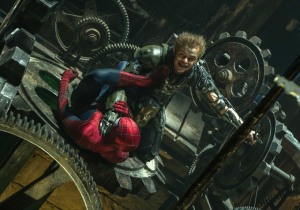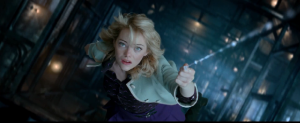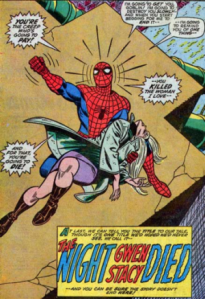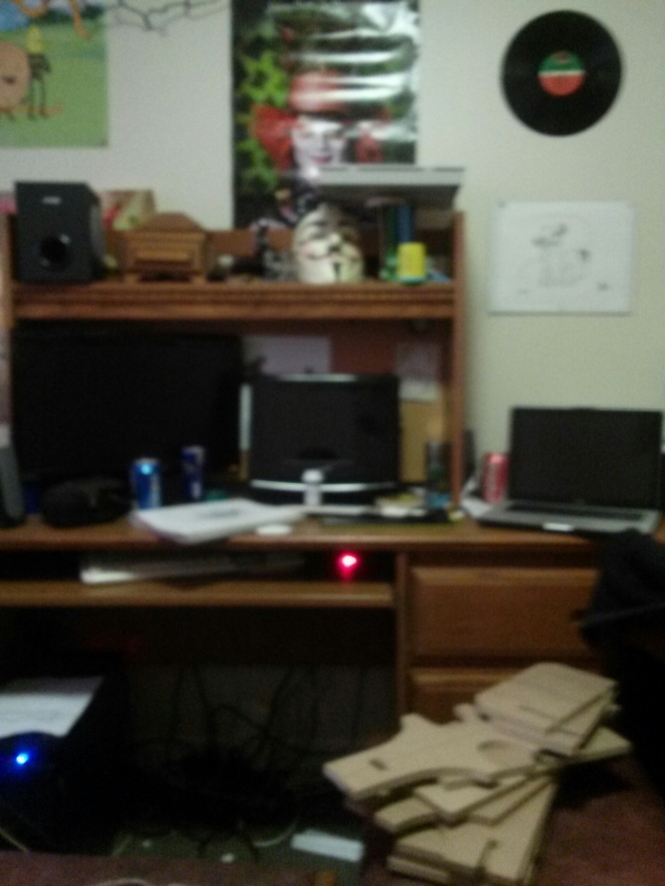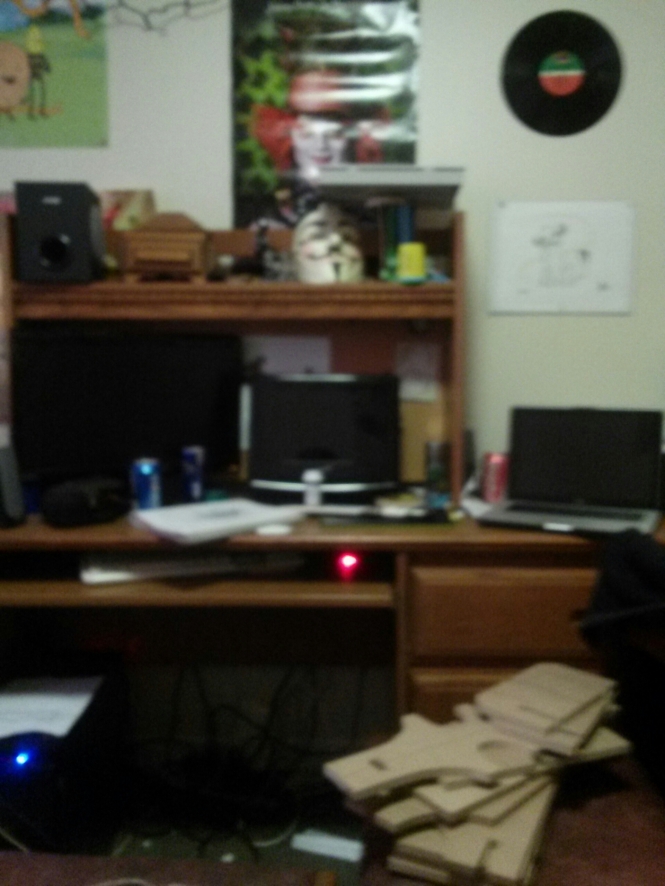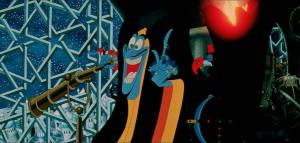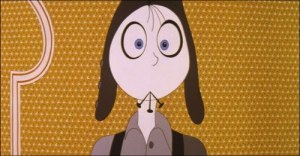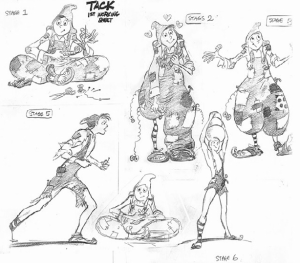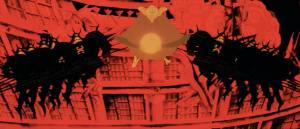When Instagram first came out I was 17. I avoided the social media for a while due to my lack of interest in participating in social media in general, but when I got to college I finally decided to give the social media app a chance. I would sometimes post my artwork and sketches as well as following things I found interest in such as artists, longboard companies, and photographers. But when I decided to follow old/Facebook friends I found distaste in the things that they would post and how much time I was spending looking at idiotic stupid stuff that people in my generation were doing to embarrass themselves. So I deleted my account. Then I was given an assignment for a college course requiring me to once again participate in some sort of social media site that I hadn’t been using. There were not many that I did not have at the time in some way shape or form that I really felt like giving a chance, but then I thought about it. I’d become a lot more active as a visual artist since I last deleted my Instagram, and I had never truly looked at the app as an effective outlet to share my work. Viewing the app in a new way I took on the role of Dr. Frankenstein and resurrected my dead profile and gave it a new look.
My first step to changing my profile was getting a new name for it. Before I had only represented myself as a person on the app, but now I wanted my account to be myself as an artist. So I chose the name for my multi-media productions, Sweater Saturdays, and changed my profile picture to a photo I had taken with my logo as the watermark in the center. Next I had to decide about how I would choose to upload my work. Would I screenshot my work I’d posted to Facebook? Would I use filters? And the worst of them all, what do I do about using hashtags? You see I really didn’t like the idea of begging for likes on normal everyday things just to feed some human ego by posting on your morning selfy ,
“#beautiful #gorgeous #fancy #nomakeup #fabulous #justwokeup #withoutthebae #blueshirt #jeans #shoes #converse #pinkconverse #hair #haircut #hairdo #haventate #brushedmyteeth #fans #follows #likes4likes #likeforlikes #love #pleaseloveme #Imsolonelywhywontyouloveme #attention #cryforattention #crycrycry #backstreetboyfangirl #whathappenedtothenineties #ifyourstillreadingthesehashtags #Iapplaudyou #yougettheidea #okIllstopnow #noreallyIllstop
But I new that the idea was to get my work to as many people as possible and that was going to be a useful tool to put my artwork into the larger conversation. I realized that I needed to think about it like a business rather than as just a representation of me and do what was best for getting more views, so I chose to use good relevant hashtags to put my work out there but not an annoying amount on each post. I began downloading my work from Facebook posts directly onto my phone, running them through an app called “Instasize” so I didn’t have to crop any of my photos, and uploading them with no filters onto my account about 2 to 3 times a day.
I still do not like that the app forces me to either crop or lower the size of my images and art pieces just because it wants them to be perfect squares; I feel as though this weakens the app as a visual sharing medium, but I very quickly saw its social connecting powers. Almost immediately after posting every post I would gain likes from people I didn’t know. By the time my page would refresh I would have multiple random people like my artwork! The people I actually knew and followed would usually come shortly after and the speed at which I gained likes would decrease after about the first 20 minutes, but it still felt good. I was by no means getting a lot of likes but it didn’t take away the good feeling it gave me that random people would like my pieces, look through my other work, like previous pieces, and some began to follow me. I even began following a few of the random artists who had liked my work some that I admire as artsists and would like to be as good as some day, and it made me feel good that they had liked my work. I stopped and I thought back to the people who would over saturate their posts with hashtags and the fact that they just wanted attention. This feeling I was having was the same one they had had before and what they sought after and I understood why. It was cool to connect with other artists whom I liked and might never get to meet in real life and it made me feel good, I think this can be a good thing for people and a great way for them to connect with their heroes and idols. I see now that this could be a healthy and helpful thing to some people and help lift some people’s spirits up, everyone wants to know that someone cares, and that is exactly what a like represents, the idea that someone cares about what you’re posting. I still think that people need to not rely on this too heavily and keep conscious that other people’s opinions aren’t the most important thing in the world, but if done in a healthy way Instagram can be a cool way for people of all sorts to connect and let eachother know that somewhere someone out there cares.
